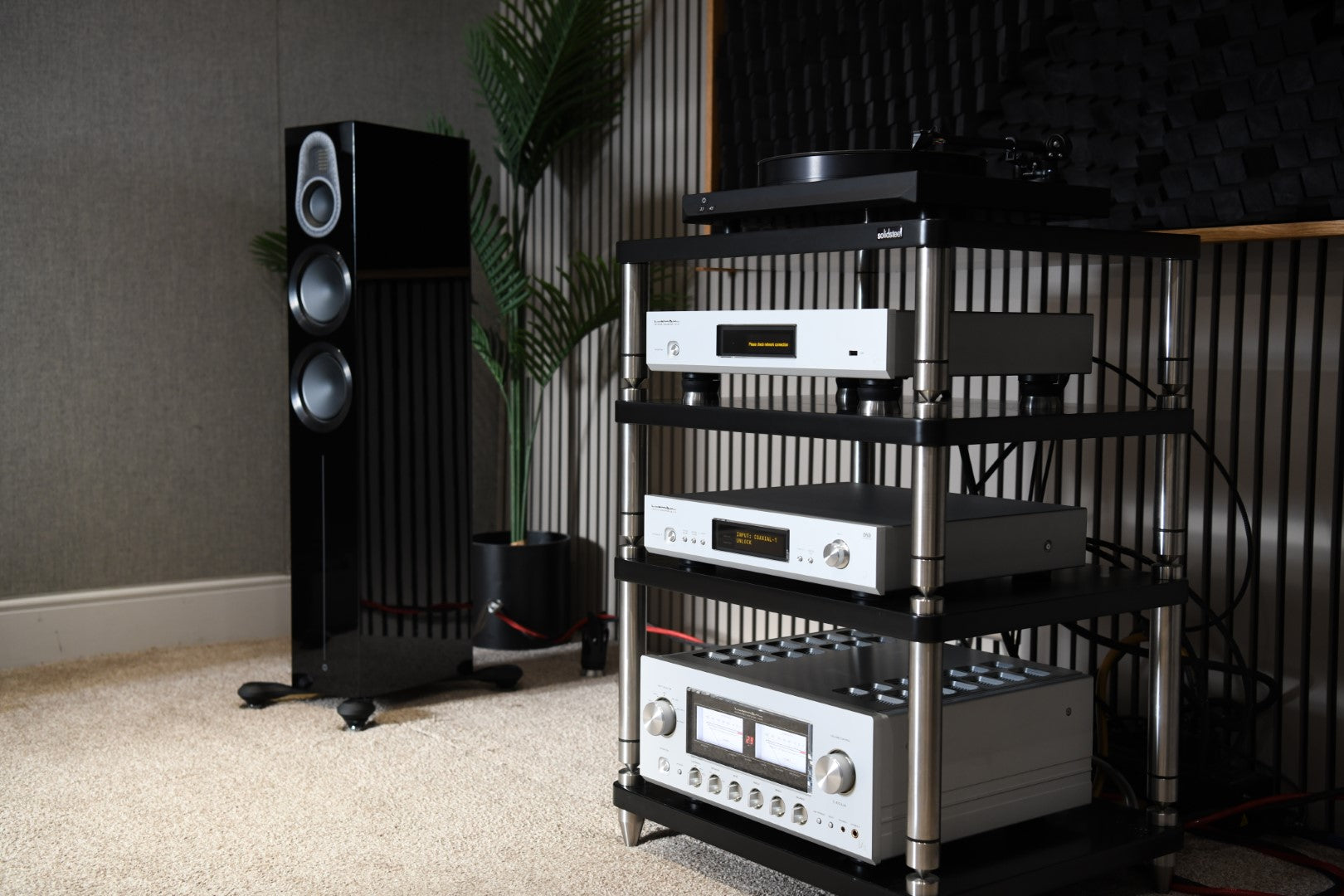To Power Amp, or not to Power Amp .....
Unsure on the differences between the two or which you need for your system? We hope this page provides some much needed insight for you....
If there’s one thing the audio industry has made an art form, it’s using terminology that means almost… but not quite the same thing. A good example of this is with the terms ‘amplifier’ and ‘receiver.’ At times, it can seem that these are completely interchangeable terms but there are differences between the two. We’re going to cover them to see which is best for you.
An amplifier is the device that turns the low voltage signals from your source equipment into a signal with enough gain to be used to power a pair of speakers. The functions of an amp can be split into two main sections. The first allows you to collate and select multiple inputs and select the required level of gain and is generally referred to as the pre-amplifier.
The second does the ‘heavy lifting’ and adds the gain to the signals in order to be used to power a pair of speakers. This is the power amplifier.

The Marantz MM7055 5 channel power amplifier
With amplifiers such as the PM5005, both functions are placed in a single chassis and referred to as an integrated amplifier though you wouldn't generally use these in a home cinema setup.

The Marantz PM5005 Integrated Stereo Amplifier
So far so good… but where do AV Receivers fit into this? An AV Receiver (AVR) is an integrated amplifier that has an audio processing unit contained within it. The processing unit takes input analogue or digital signals from multiple sources and decode the multiple streams and outputs the sound channels to the speaker output. For example, a Denon AVC-X8500H can take a digital audio file via HDMI, separate the audio channel from the video, uncompress the file and separate out the surround sound to all 13.2 channels in real time!

The Denon AVC-X8500H AV Receiver
A typical AVR will have multiple HDMI, video and RCA/optical inputs as well as outputs to both speaker terminals and to pre-out (pre amplification).
Should you be going for a typical setup, an AVR is ALL YOU NEED (other than speakers and cables) to start enjoying surround sound and quality audio processing. However - should you have some large speakers in your setup that would otherwise overpower the AVR (for example, Q Acoustics Concept 500 as front left and right channels), then this is where the power amplifier comes in!

Typical connection to a 5.x.4 using the AVR only
The power amplifier would connect the relevant channel(s) from the pre-out terminals on the AVR to the input on the power amplifier.
So if you had a 5 channel power amplifier, you could connect the front L/R, Centre and Surround L/R channels to the pre-out on the AVR and connect your speakers to the power amp.

Connectivity using the AVR pre-out to provide 5 channel output to the MM7055 5 channel power amplifier which in turn, drives each ear level speaker
The benefit: reduce the power load on the AVR, allocate the remaining power to the rear surround and height channels and allow more power via the power amp to the ear level channels which are what need the biggest power inputs.
Our thinking is that AVR's are intended to offer the ability to collate every single video and audio source you can have. We feel that building these units as receivers makes the most sense as it completes their functionality.
For the big power home cinema setups, the best performance is achieved by keeping the AVR focused on a single task and this means building them as amplifiers rather than receivers. This means that they can be laid out internally with a view to the best overall performance.

